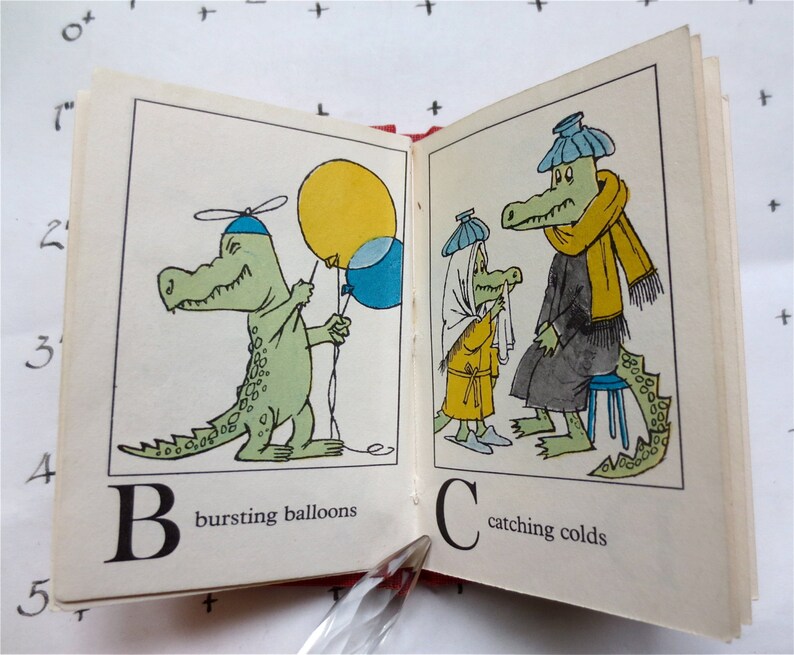

They draw on their prior experience, their interactions with other readers and writers, their knowledge of word meaning and of other texts, their word identification strategies, and their understanding of textual features (e.g., sound-letter correspondence, sentence structure, context, graphics).Ĥ. Students apply a wide range of strategies to comprehend, interpret, evaluate, and appreciate texts. Among these texts are fiction and nonfiction, classic and contemporary works.ģ. Students read a wide range of print and nonprint texts to build an understanding of texts, of themselves, and of the cultures of the United States and the world to acquire new information to respond to the needs and demands of society and the workplace and for personal fulfillment. He died due to complications from a recent stroke on at the age of 83.1. In addition, he has designed sets and costumes for performances of operas by Mozart, Prokofiev, and other classical composers. He was the lyricist, as well as the set and costume designer, for the original production of an opera based on Where The Wild Things Are in 1980.

He was also the set designer and lyricist for a subsequent off-Broadway musical of the same title. Characters from two of his books were the basis of an animated television special, Really Rosie, which first aired in 1975. He received numerous awards including the Caldecott medal for Where The Wild Things Are in 1964, the Hans Christian Andersen International Medal in 1970, the Laura Ingalls Wilder Award, and the National Medal of Arts in 1996. His works include Chicken Soup with Rice In the Night Kitchen Outside Over There Higglety Pigglety Pop The Sign on Rosie's Door We Are All in the Dumps with Jack and Guy Brundibar Bumble Ardy and My Brother's Book. He wrote his first children's book Kenny's Window in 1956 and went on to become a prolific author-illustrator.

In 1950, he illustrated his first children's book The Wonderful Farm by Marcel Aymé. Schwartz while attending night school at the Art Students League. He later worked as a window-display director for F.A.O.

His first professional illustrations were for a physics textbook, Atomics for the Millions, published in 1947. While in high school, he worked part time as an illustrator for All-American Comics adapting the Mutt and Jeff newspaper comic strip to a comic book format. Maurice Sendak was born on Jin Brooklyn, New York.


 0 kommentar(er)
0 kommentar(er)
